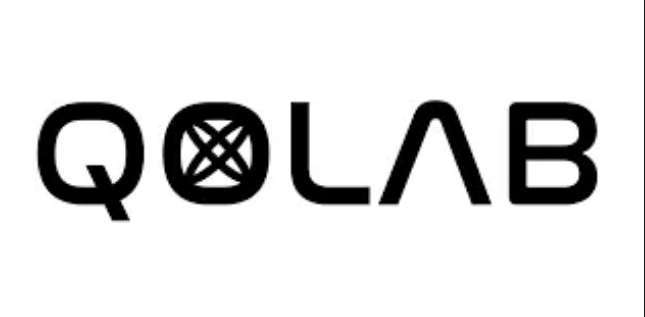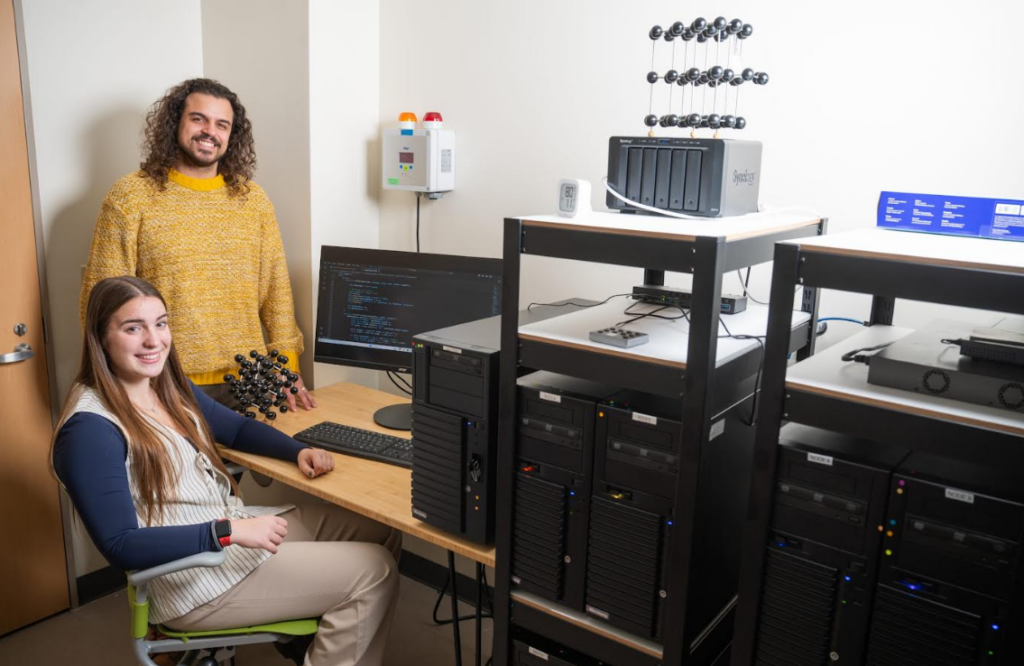Insider Brief
- QuEra-led research team demonstrated magic state distillation on a neutral atom quantum computer, a crucial process for enabling universal fault-tolerant quantum computing.
- The study used advanced quantum error correction codes to improve the fidelity of logical magic states, achieving output fidelities of up to 99.4%.
- The work was performed on QuEra’s newly built Gemini system.
- This milestone highlights the scalability potential of neutral atom processors for large-scale quantum systems but notes that further hardware improvements are needed to enhance efficiency.
A QuEra team of scientists have successfully demonstrated magic state distillation on a neutral atom quantum computer, which they suggest could lead to achieving the higher-fidelity quantum states that are crucial for universal fault-tolerant computation.
According to the study on the pre-print server arXiv, the work also marks a critical step toward scalable quantum processors that are capable of handling complex algorithms.
The team writes that quantum computing rests on logical qubits — error-protected versions of fragile physical qubits — to make reliable computation despite hardware imperfections. However, only a limited range of operations, known as Clifford gates, can be directly implemented on these logical qubits. The researchers explain that Clifford gates alone cannot provide the computational power needed for universal quantum computing. To address this, “magic states” — specialized quantum resources — are used to unlock universal operations.

These states, the team reports, can be distilled into higher-fidelity versions through a process known as magic state distillation (MSD).
The study, conducted using a dynamically reconfigurable neutral atom processor, marks the first experimental realization of logical-level MSD. The research team reports using advanced quantum error correction (QEC) codes — structures that detect and correct errors during computation — to produce high-fidelity magic states.
These results represent a foundational advance for building large-scale, fault-tolerant quantum systems, the researchers report.
How Magic State Distillation Works
At its core, MSD refines noisy input quantum states into more reliable outputs. According to the researchers, this is achieved by encoding multiple low-fidelity states into a specific QEC structure, then performing controlled operations to suppress errors. If the fidelity of the input states surpasses a defined threshold, the process amplifies the quality of the output states.
The researchers implemented this process using “color codes,” a type of QEC code that enables efficient error detection. They performed MSD on logical qubits encoded in 2D color codes with distances of 3 and 5. As the team explains, these distances reflect the codes’ error-correcting strength: the higher the distance, the greater the error suppression. Results showed significant improvements in fidelity, with input magic states improving from 95.1% to 99.4% for distance-3 codes and from 92.5% to 98.6% for distance-5 codes.
“To the best of our knowledge, this is also the largest color code that has been demonstrated to date,” the researchers report in a company blog post.
The study emphasizes the importance of magic states in overcoming the computational limits of Clifford gates. By enabling operations that are otherwise impossible, magic states serve as a key resource for quantum algorithms like factoring large numbers, simulating complex materials, and solving optimization problems.
Interestingly, the dynamic reconfigurability of neutral atom processors could streamline the integration of MSD factories into future quantum hardware, according to the paper.
The work may also offer us a glimpse at the performance of the latest in QuEra’s product line. The researchers write that they conducted their experiments on QuEra’s newly built Gemini-class quantum processor, leveraging its ability to manipulate qubits arranged in a 2D grid. This architecture allowed the team to execute encoding circuits and distillation operations in parallel, improving efficiency. Magic states were encoded into logical qubits using optimized circuits designed for the color codes. The team then distilled these states using a “5-to-1” protocol, which combines five noisy states to produce a single, higher-fidelity output. By measuring additional qubits known as syndromes, they verified error suppression and quantified improvements in state fidelity.
Work Remains
The study acknowledges some limitations and offers some next steps for research teams. According to the team, the physical error rates in the processor still pose challenges, particularly for larger QEC codes like distance-5. Reducing these rates, they explain, would enable further fidelity improvements without requiring postselection, a process that discards faulty outcomes.
Because postselection involves this discarding of faulty outcomes, the process reduces the efficiency and scalability of quantum computations by limiting the usable results.
The researchers also call for exploring alternative approaches to magic state preparation. Options include designing QEC codes with built-in non-Clifford capabilities or developing more efficient MSD protocols.
According to the paper: “In order to enable efficient large-scale universal quantum computation, such fidelity improvements should also come hand-in-hand with further co-design of magic state preparation. While magic state distillation represents a foundational approach for implementing non-Clifford operations, and has the advantage of being flexibly adaptable to many data codes, alternative methods with various trade-offs should also be explored.”
Additionally, scaling the method to larger systems will require optimizing hardware for higher qubit counts and faster operations. The team envisions combining MSD with advanced techniques like mid-circuit measurement and feedback to enable more efficient quantum algorithms.
The team writes in the post: “Our results highlight a key building block for fault-tolerant quantum computing. While progress is exciting, further fidelity improvements are needed to enable multiple distillation rounds and reduce overheads. There is a long road ahead, but this experiment underscores the potential of neutral atoms for advancing universal quantum computation. The evolving landscape of magic state preparation methods also provides ample opportunities for exploration.”
The paper is highly technical and can add additional details and insights that this summary story might miss. Please read it here.
Researchers included scientists from QuEra Computing Inc. Harvard University and Massachusetts Institute of Technology (MIT).
The paper is quite technical and can fill in necessary details that this summary story did not cover. You can fine it here.

















